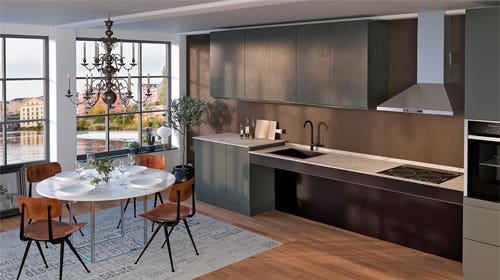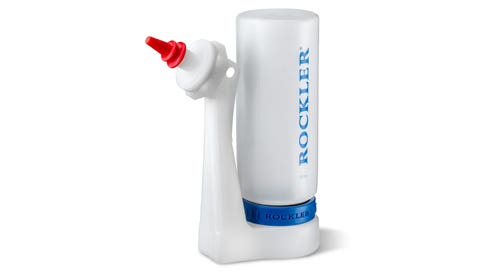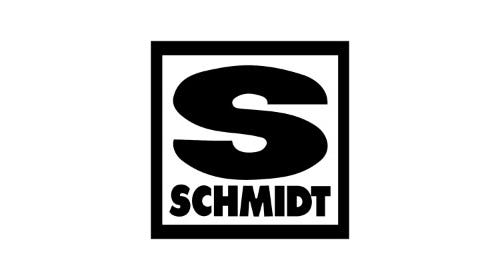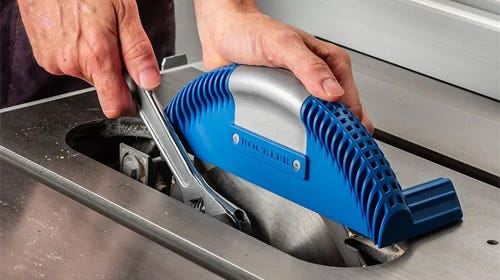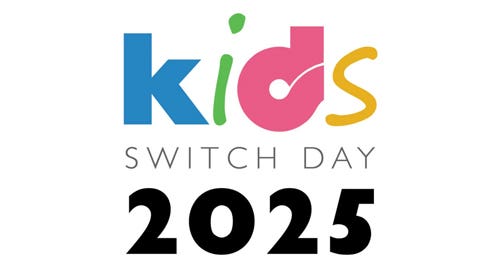Hickory sales find boost in floor market
While the denseness of hickory (Carya spp.) makes it a difficult hardwood with which to work, this domestic species is popular because of its unique rustic appearance and low price,…
While the denseness of hickory (Carya spp.) makes it a difficult hardwood with which to work, this domestic species is popular because of its unique rustic appearance and low price, particularly in the flooring industry. And with all of the sharp tooling in the today’s market, it’s more desirable than some might think.
“I’d say there is a medium interest in hickory in general. What is quite interesting is a lot of it is going into the flooring market and people are enjoying the rustic nature of the wood, particularly the different colors. They often grade it into different colors,” says Rory Wood, owner of Rare Woods USA in Mexico, Maine, who adds that one of the more popular versions is calico, a two-toned streaked color.
Hickory sales rarely fluctuate at Bingaman & Son Lumber in Kreamer, Pa., according to salesman Bob McCabe. He also believes the mineral properties that create the striking color variations are attractive for enhancing furniture aesthetics and doing accent work.
“We experience erratic usage from month to month and quarter to quarter, but if we look at year-on-year results, they seem to stay pretty steady,” says McCabe.
“It’s certainly not one of our major species, but we produce anywhere from 10,000 to 20,000 board feet per month on a pretty steady basis. The usage goes up and down and the No. 1 and No. 2 Common are stronger than the upper grades, but it’s a good wood for flooring and cabinetry.”
Also known as shagbark hickory, Carolina hickory and other names, the species is widespread throughout the country, but grows primarily in Eastern and Midwest U.S. states and eastern Canada. Trees reach up to 120’ with diameters of 2’ to 3’. It has a reputation of being difficult to process and dry because of its high shrinkage rate, which contributes to its consistently low prices. It is similar to and often used interchangeably with pecan (Carya illinoinensis) and various pecan subspecies.
Bob Thompson of Thompson Forest Products says hickory sales are down slightly as far as cabinetry is concerned, but confirms its popularity in the flooring industry.
“We’re not in the flooring market, but I’ve heard people in the flooring market say hickory sales are doing pretty well for them. I did a hickory floor in our home last year and it’s beautiful. There’s such beautiful color in it. If you get some nice bright-white wood and put some brown or reddish tones with it, it looks pretty sharp in my opinion,” says Thompson.
Hickory is generally sold in 4/4, 5/4, 6/4 and 8/4 thicknesses. Retail prices for truckload volumes of 4/4 upper grades start at around $1.35 to $1.40/bf.
This article originally appeared in the December 2012 issue.


